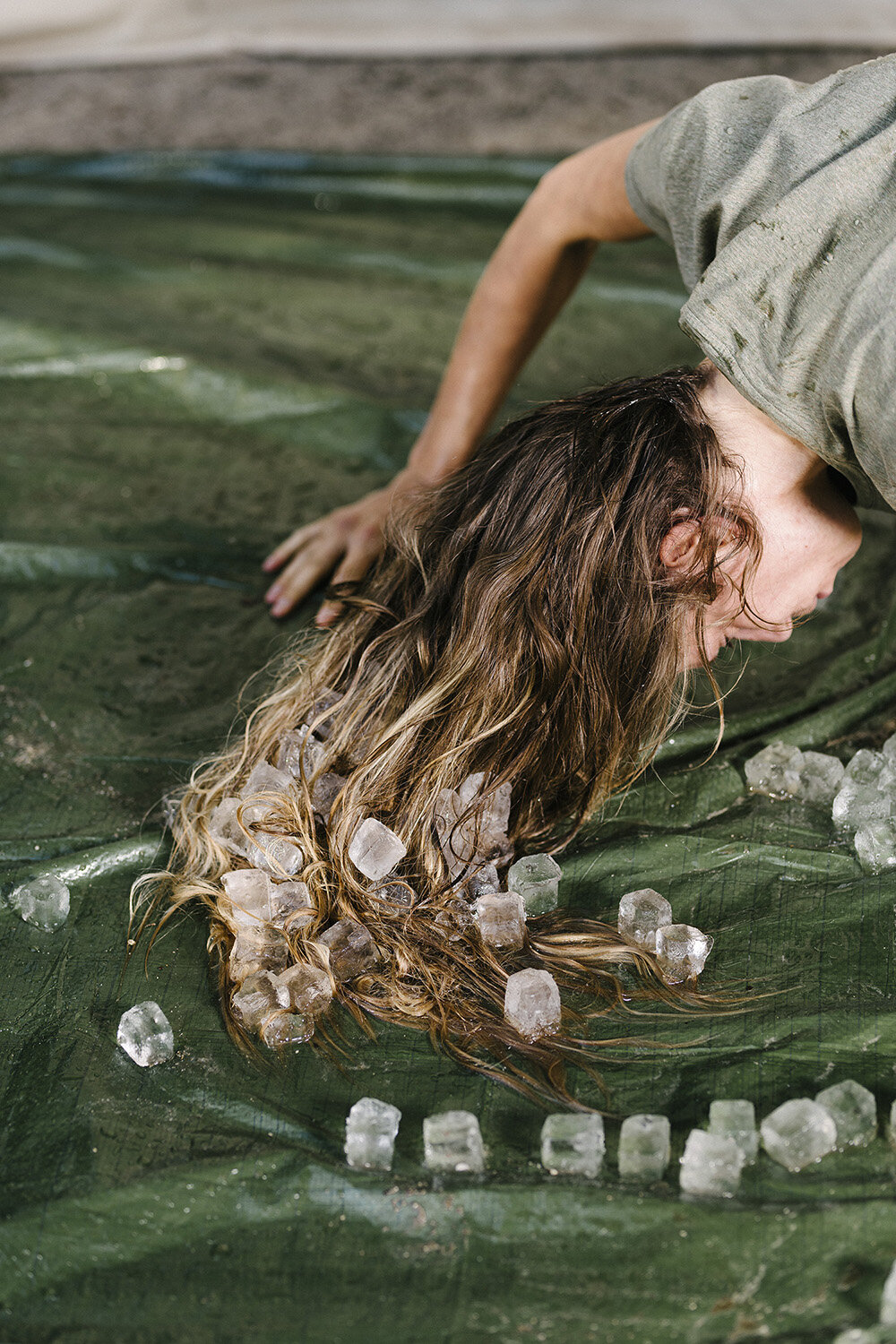
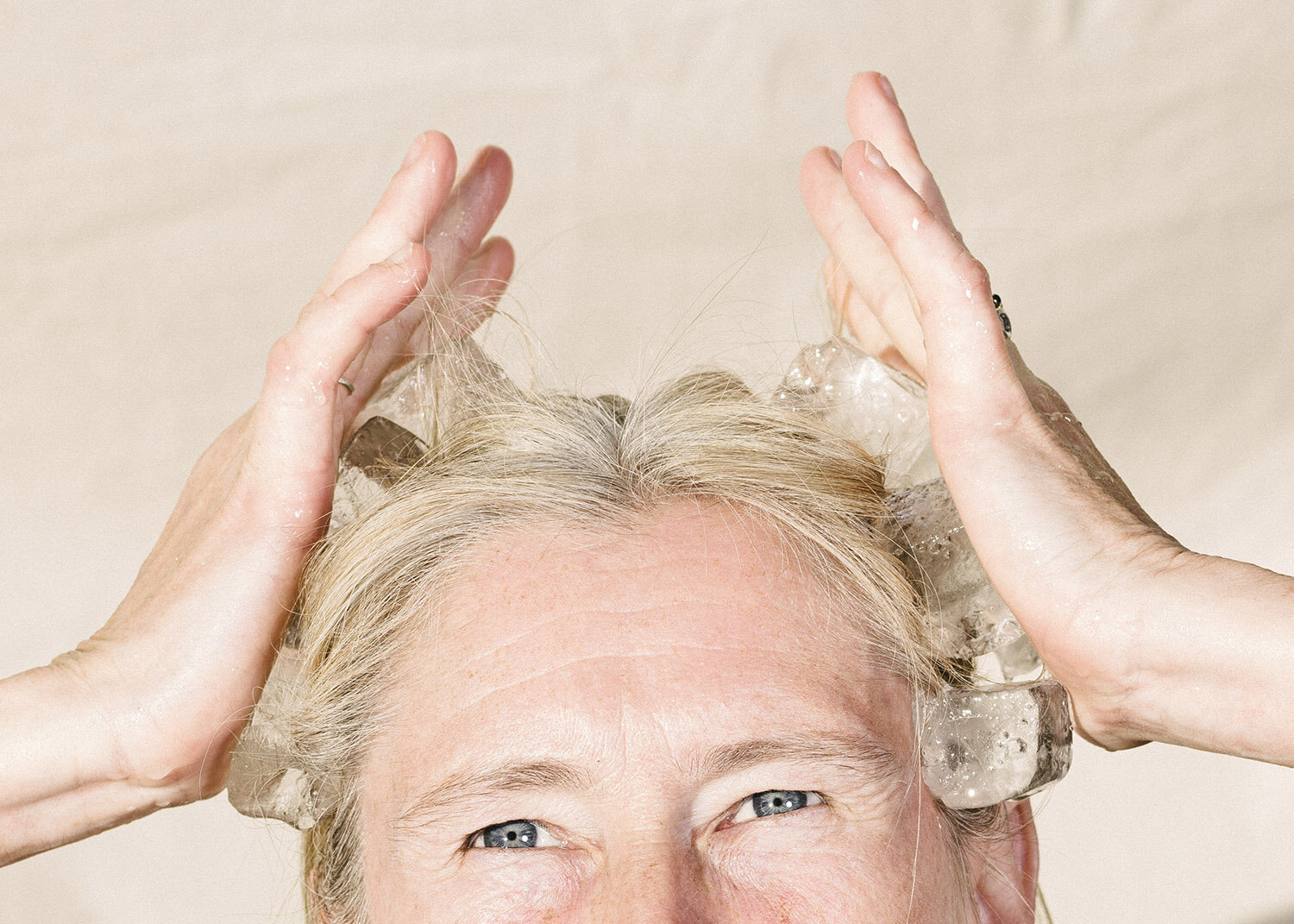
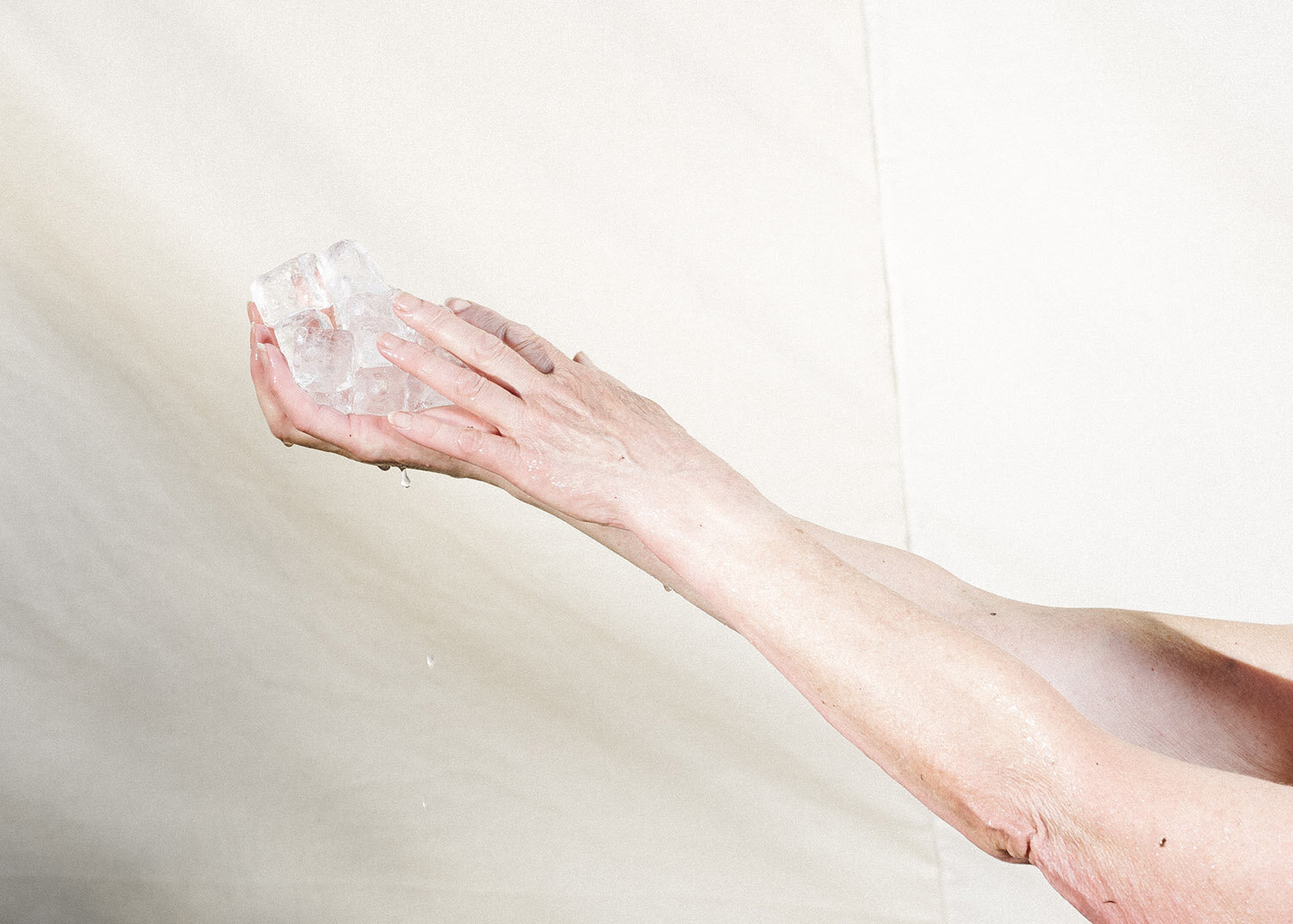
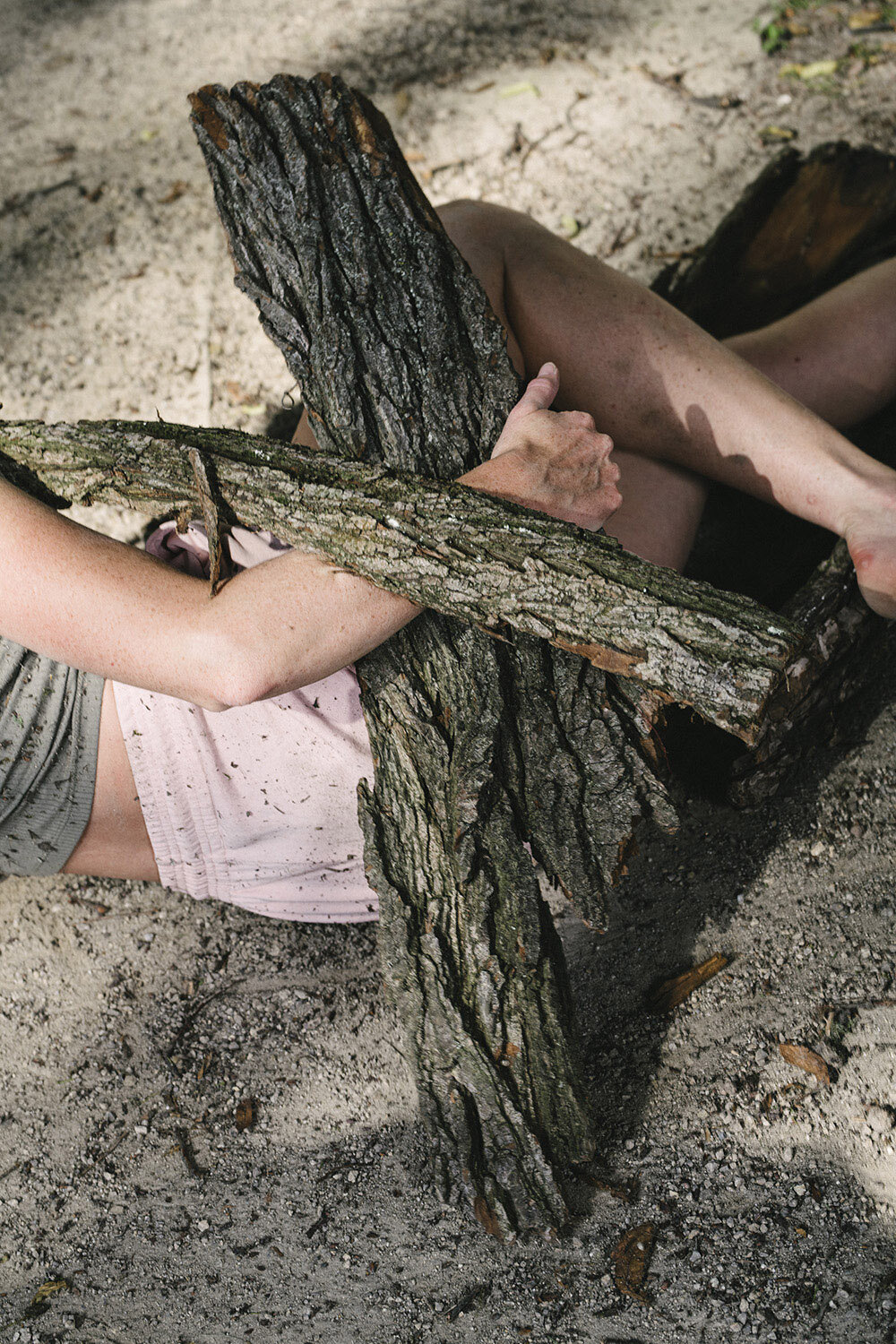
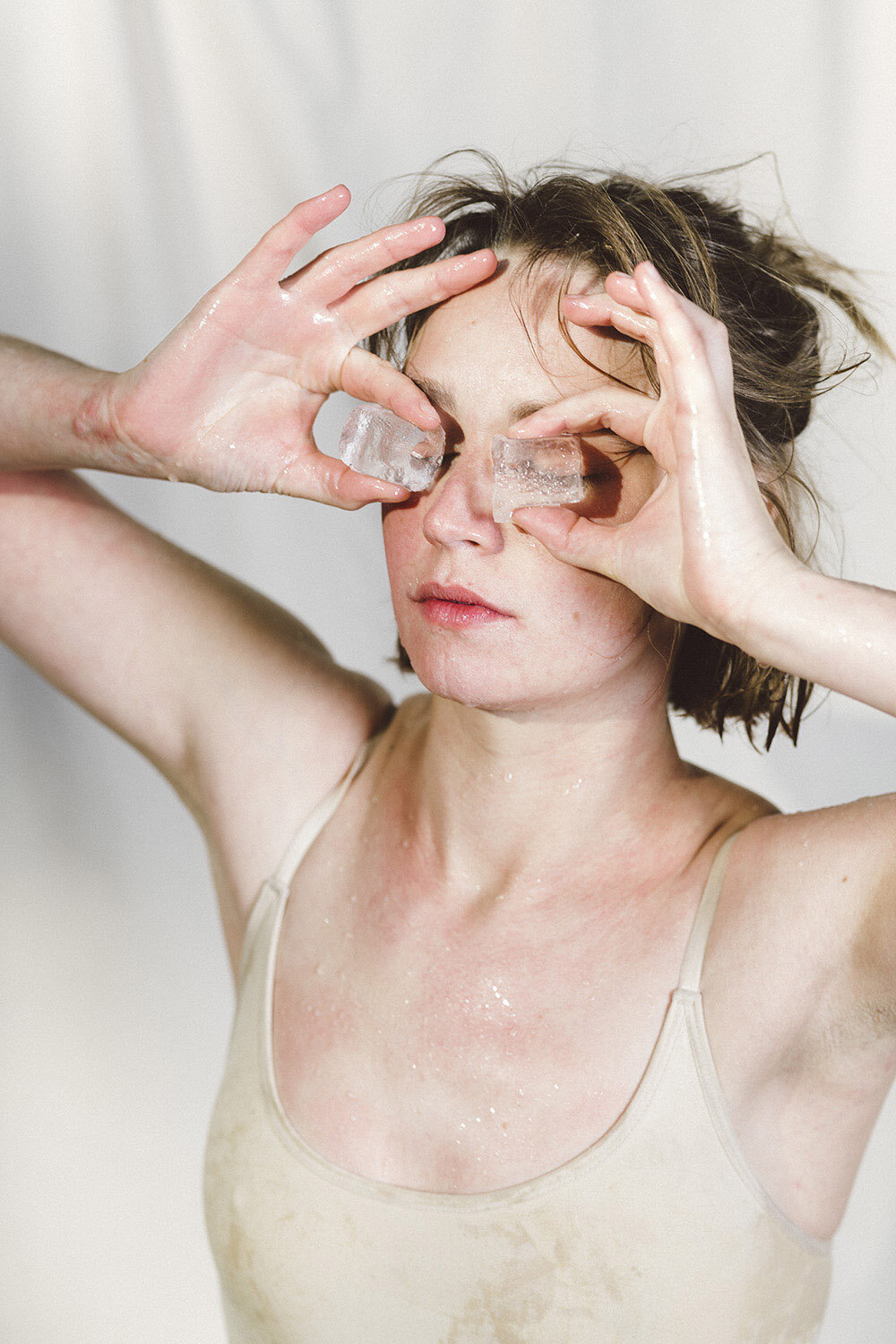

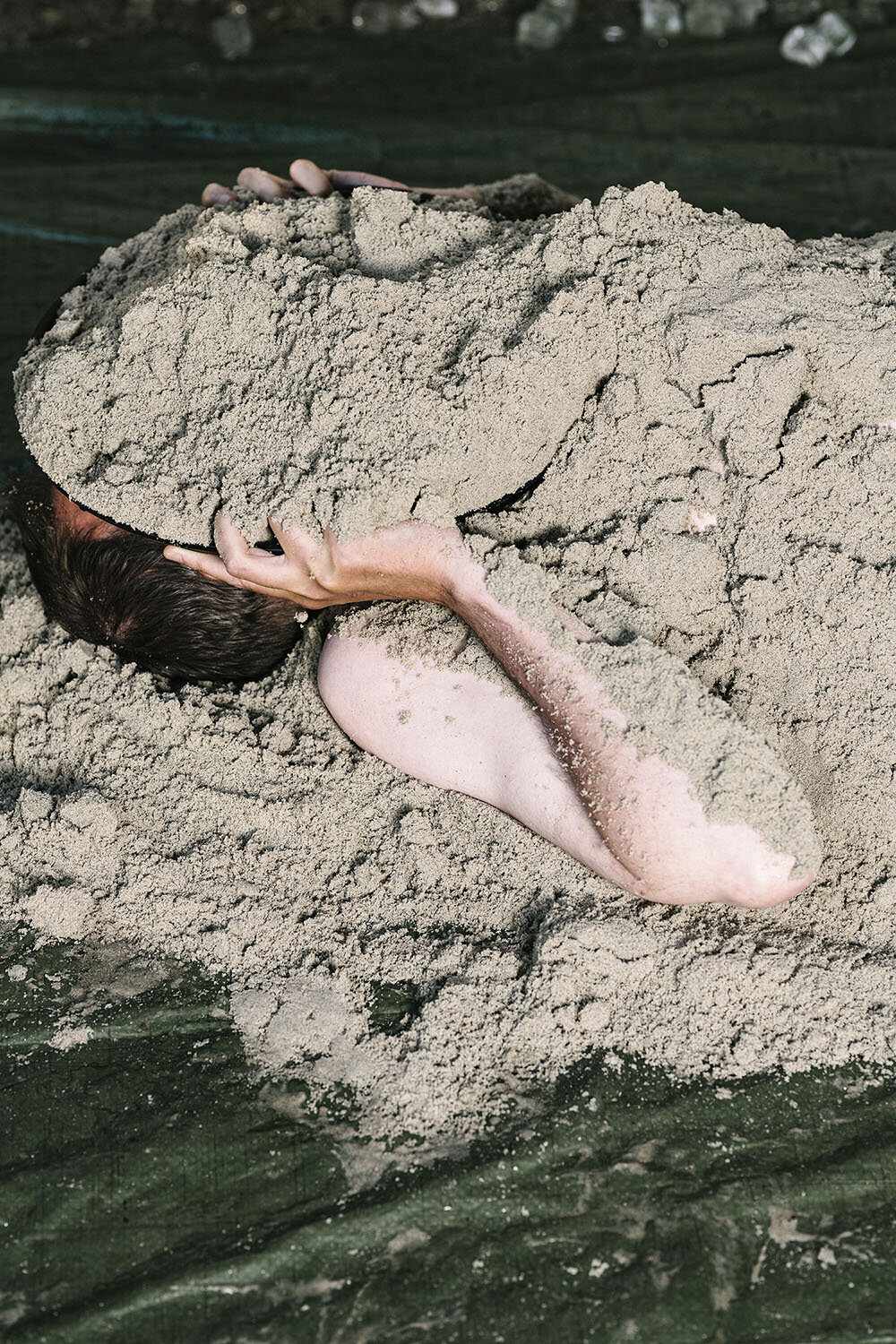
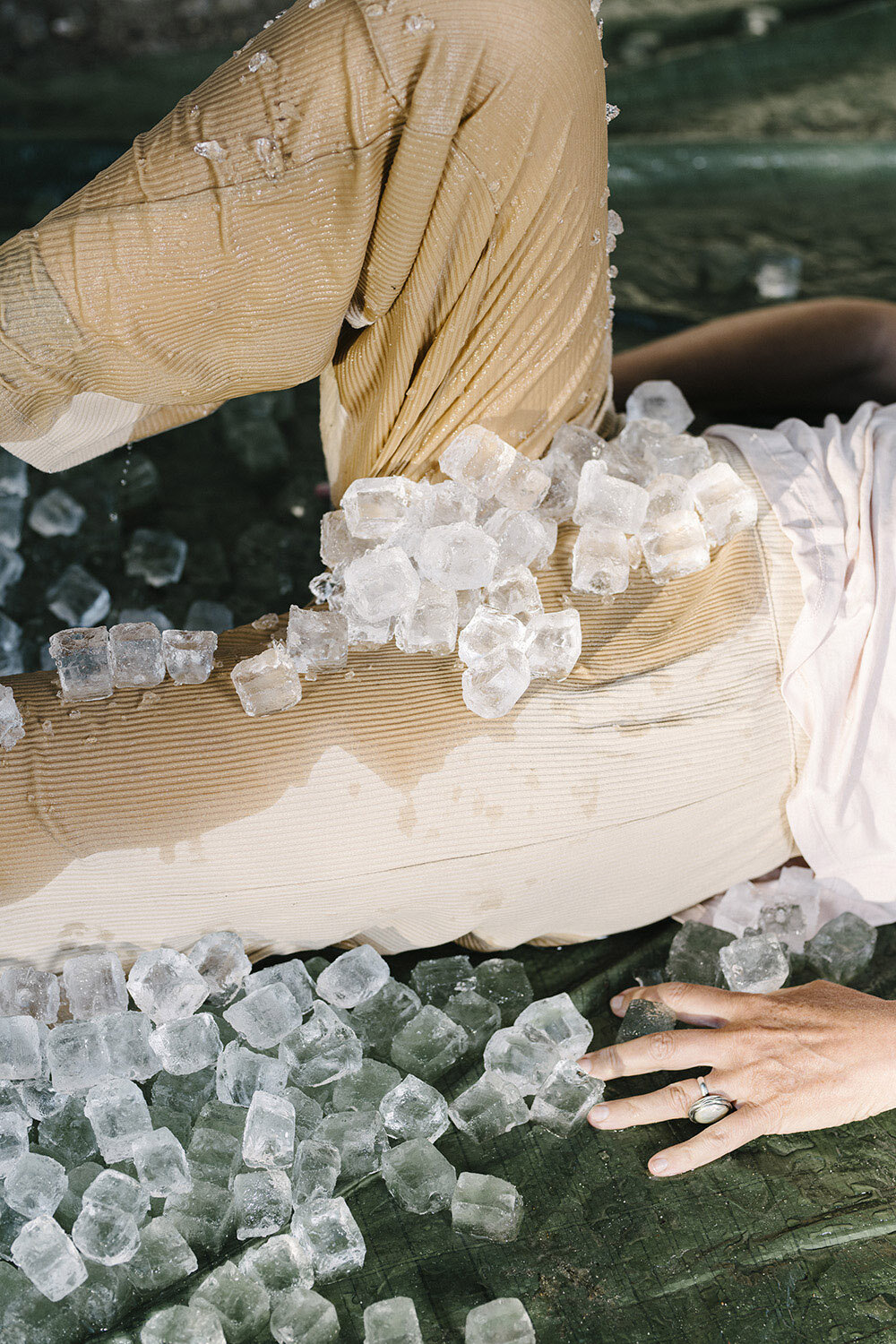
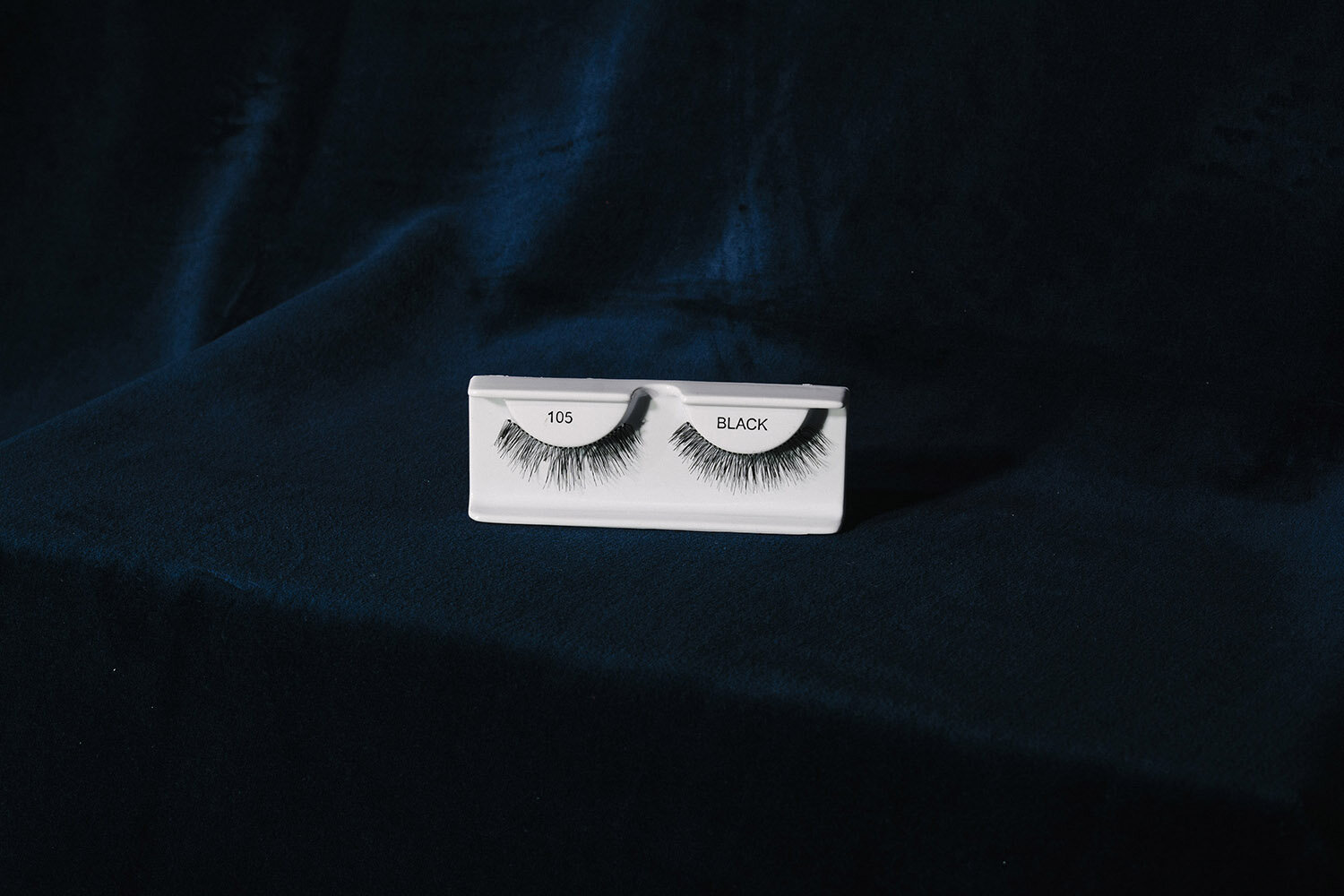
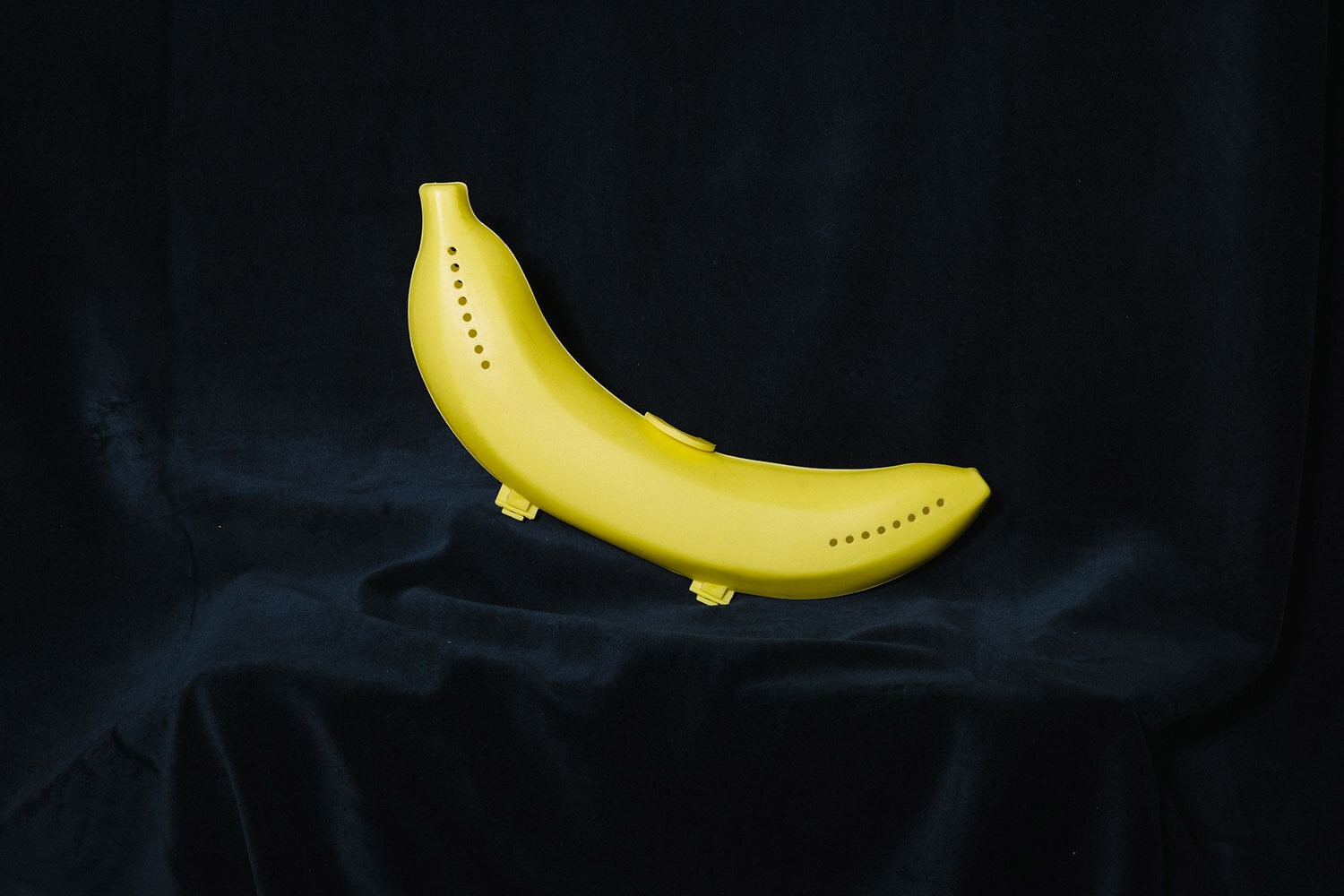
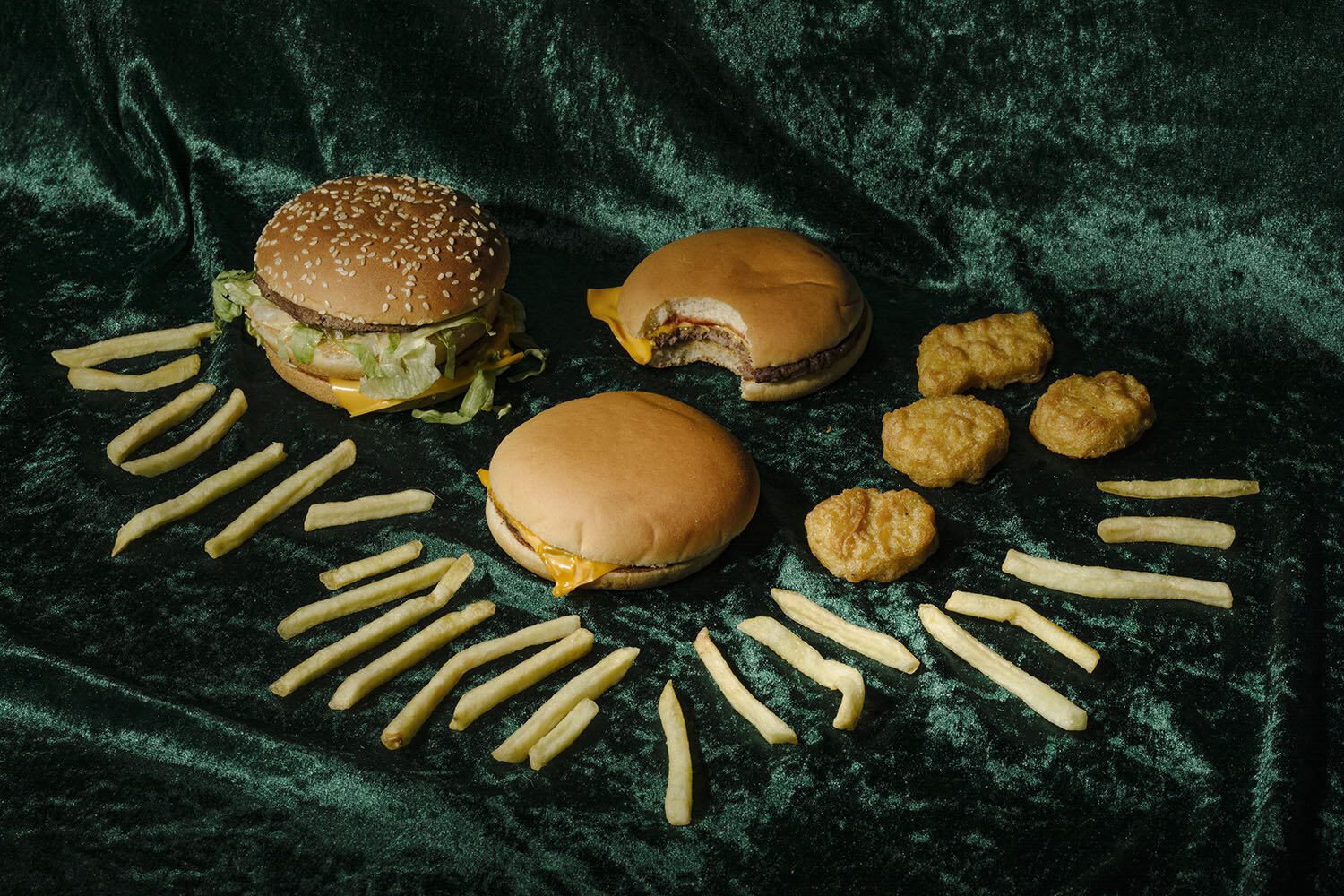
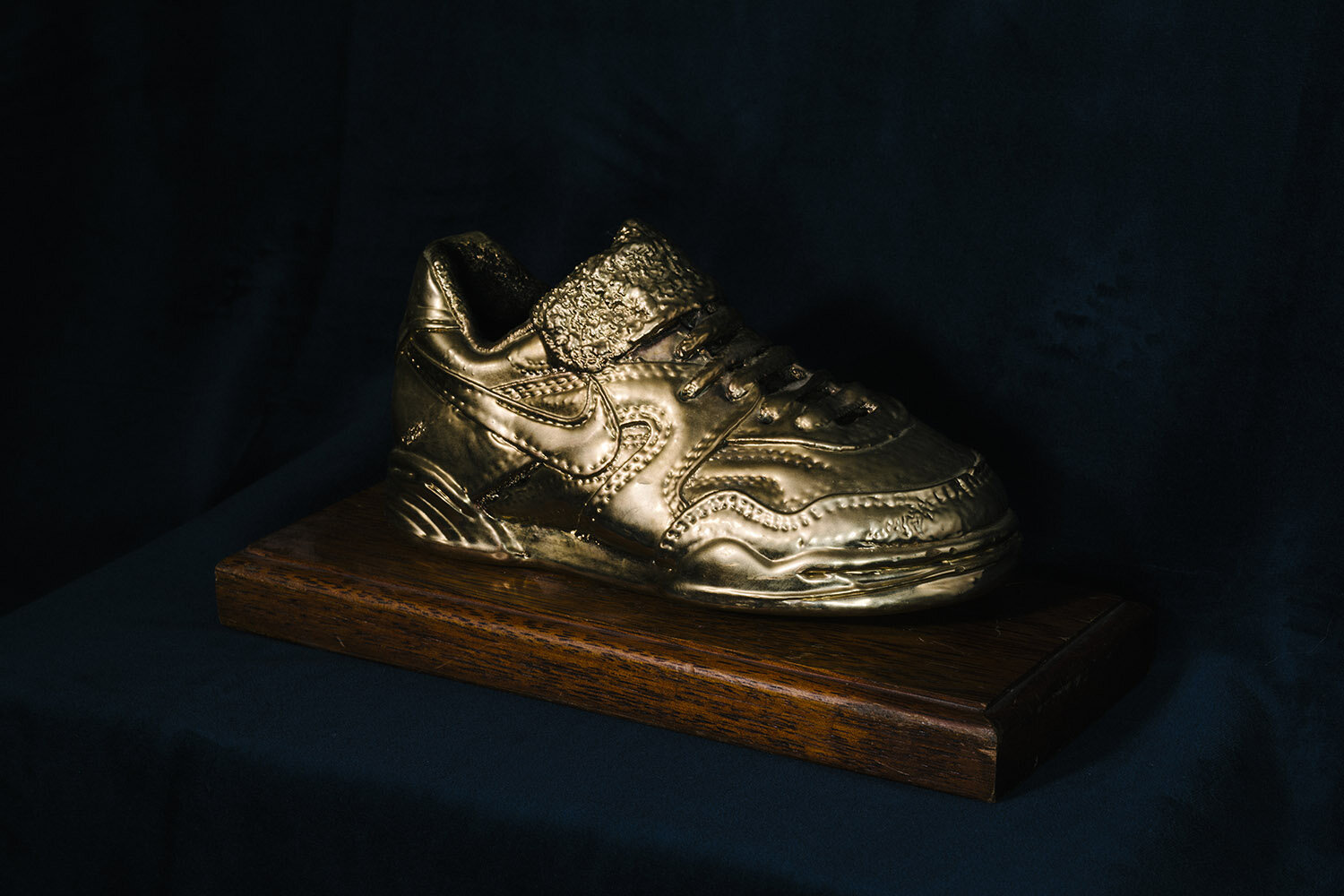
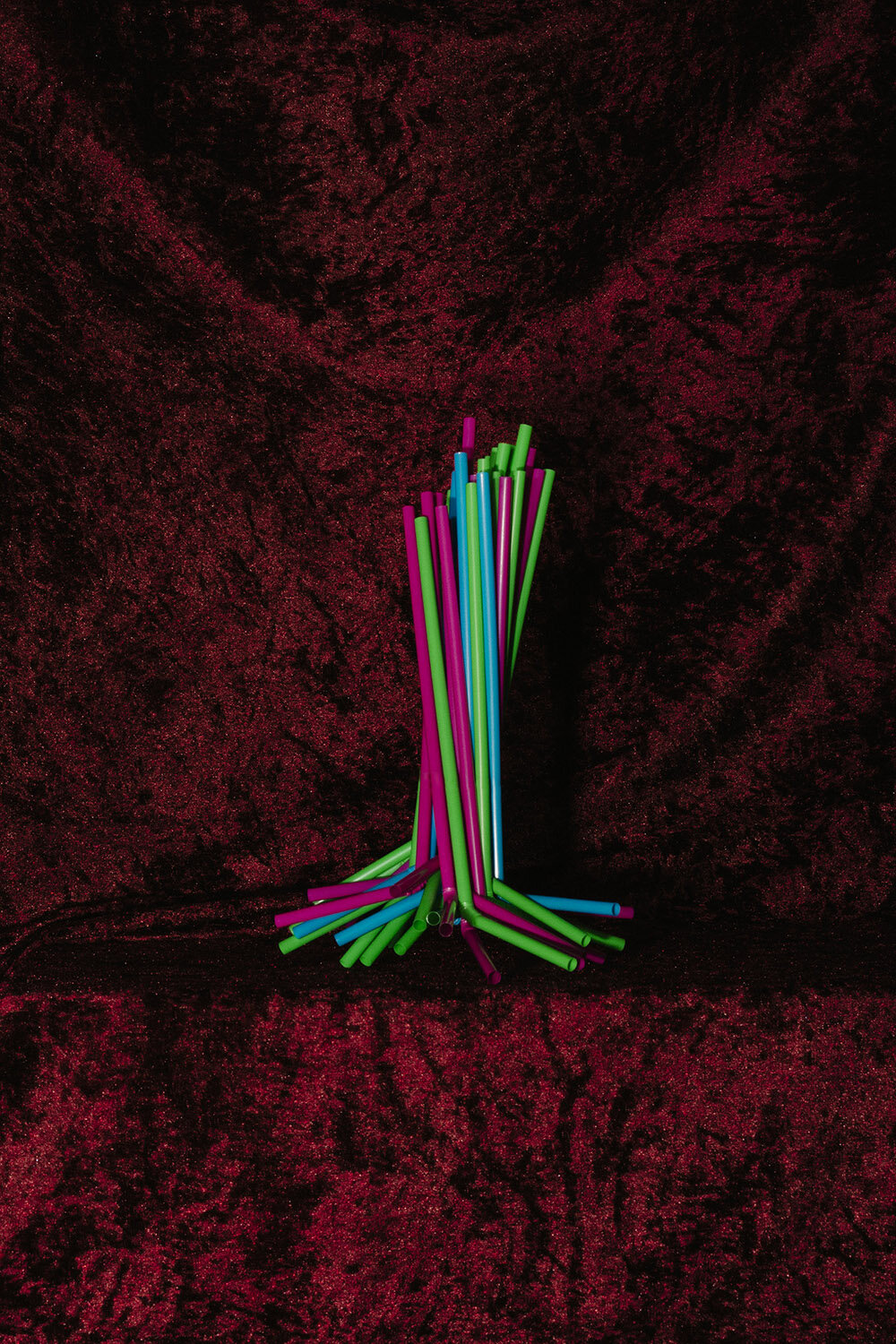
PORTFOLIO - ANGELA LIDDERDALE
Who are we, without our memories? How much does our ability to recall the past shape our present, and future identity? If an object or a moment is no longer sustained by the memory of the living, does it cease to exist? These are but a few of the questions that form the core of American photographer Angela Lidderdale's artistic practice.
Although the discourse on memory, and its pivotal role in identity formation, is one of a universal nature, Lidderdale's sympathy with the subject comes from a deeply personal place. The experience of losing her mother to Alzheimer's, and the difficult period that preceded her death, reinstilled in her an awareness of the fragility, and transience, of memory. Indeed, memory can be deceptive, too: memory can fade, but it can just as easily be enhanced or immortalized, manipulated and distorted, and the advent of photography — as a means of archive and representation — only adds to the ambiguity. Lidderdale's pictorial investigations into everyday, banal objects seek to tease our instincts for association, and to question our role in attaching value to the objects of our surroundings. In many of Lidderdale's projects, like Museum of the Ordinary, objects are combined or reframed in unexpected ways, opening up new possibilities in seeing them beyond their function — straws can be sculptural objects, perhaps, or a banana case could just as well be some prized artifact in the private collection of particularly well off individual. The photographs become artifacts themselves, an archive for future generations, in a world where those objects may long have disappeared.
Traces of the theme of memory can likewise be seen in her collaborative projects with choreographers and dancers by invitation of Festival WhyNot, an Amsterdam based arts and dance festival. In both her 2019 and 2020 collaborations, the body and the tensions it may provoke with natural and manmade objects alike was explored through a series of workshops. Under the instruction of Lidderdale and the choreographer, the dancers were encouraged to, within the set parameters, interact with the objects offered, and to explore how familiar and instinctual associations may give rise to new ones, of a more spontaneous nature. In her 2020 collaboration, the theme of which was 'the Body and Nature', dancers were asked to explore their connections with three natural elements: ice, wood and sand. The elements, all of which evoke a certain roughness of texture so universally familiar, feel all the more tactile when viewed in contrast with the body. The evocative nature of the materials is so rooted in layers of memory — how many times have we felt the coarseness of sand through our fingers, or passed our hand against a tree trunk? — that one can easily imagine the sensation themselves. Just as our senses inform our memories, our memories likewise inform the senses. Lidderdale, as photographer, captures the free associations of the dancers up close, bringing the viewer into the movements, yet never giving too much away. The subjects are never fully in frame — the parts we do see, are often concealed behind their chosen materials, or even engulfed in them. Free of context, or some distinct narrative to hold onto, the viewer is then able to examine the movements depicted with less restraint. In presenting her images as fragments of an open-ended narrative, Lidderdale hopes to guide the viewer into a momentary abandonment of their reliance on memory and association — reinforcing the central concepts of her practice, as well as perhaps referencing the ambivalent, often contradictory position of photography in the formation of the archive.